Material
The material of a hand-knotted oriental rug usually comes from nature. It is important for the durability and resilience of a carpet. For example, the pile, the upper part of the carpet, is usually made of sheep's wool. Wool has a natural fat content that protects against dirt, moisture and wear.
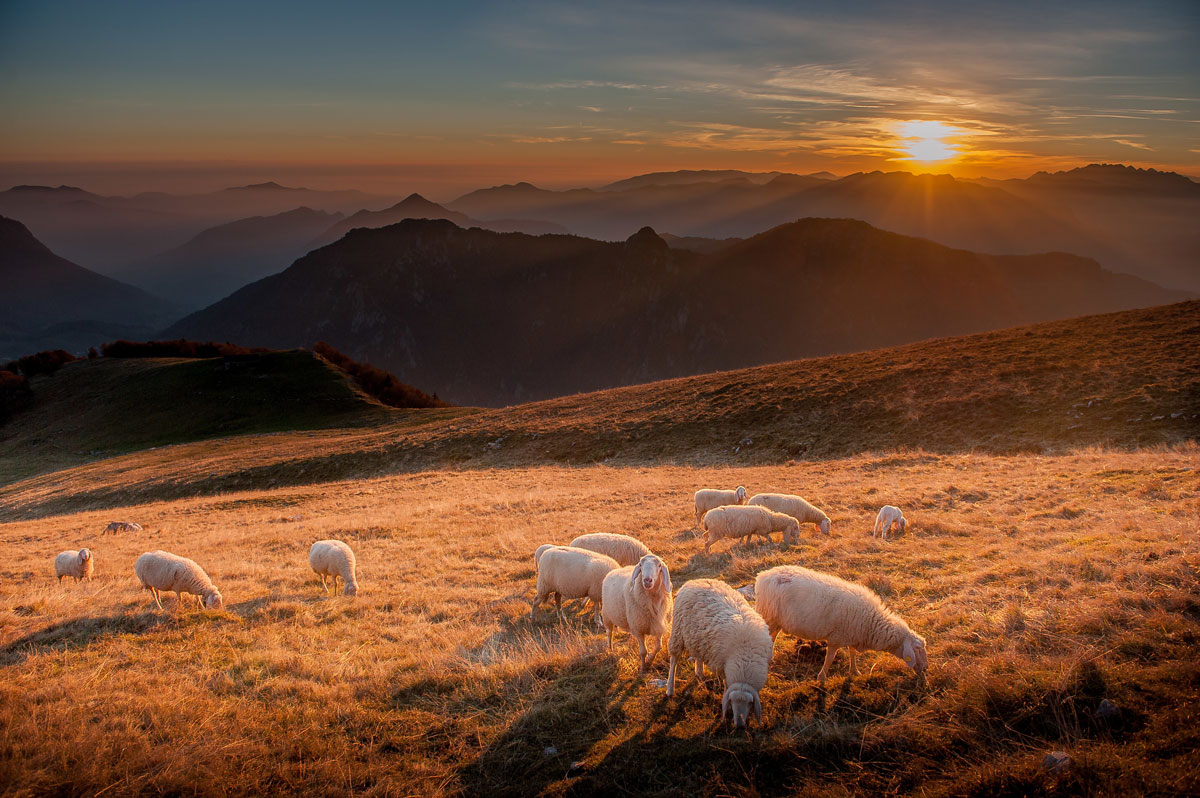
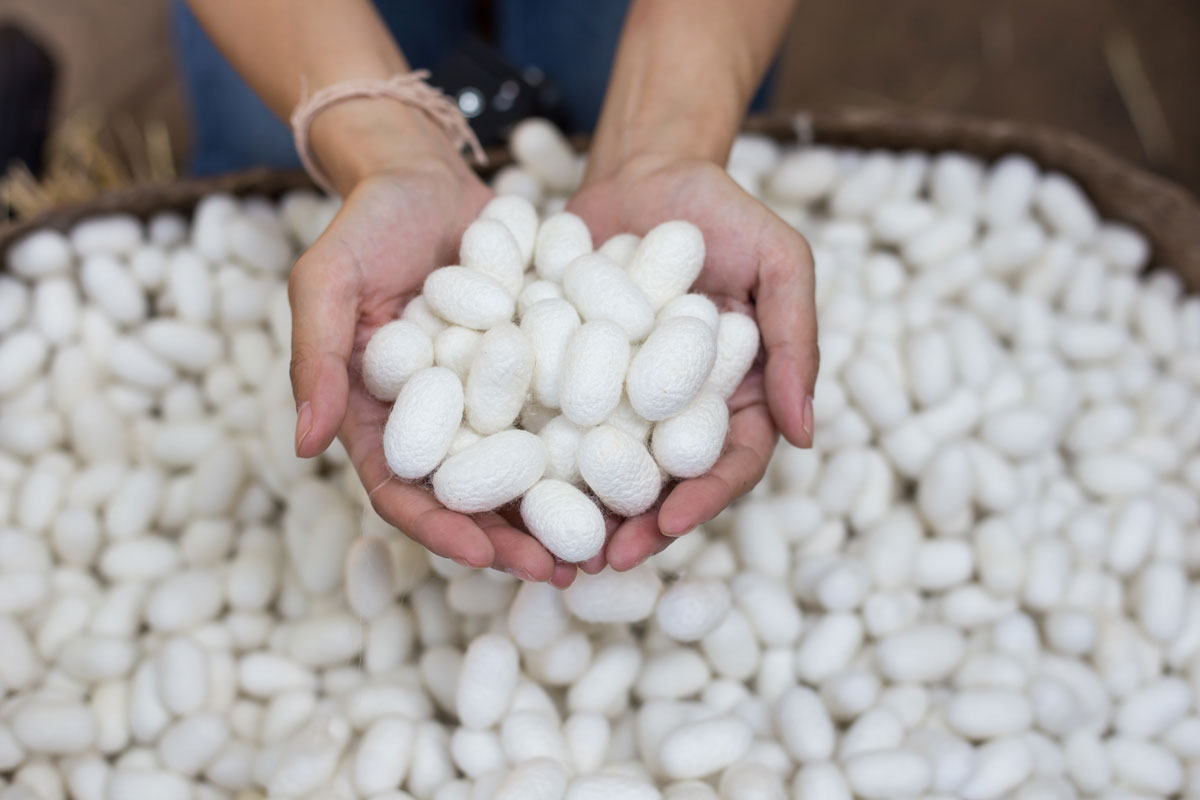
Wool and silk rugs in comparison
The difference between a carpet made of wool and a carpet made of silk can usually be seen at first glance, even without a trained eye. It is often difficult to depict the natural shine of silk on pictures, but it is possible to between different perspectives can detect a visible change in the brightness of the silk carpet. Since silk reflects a higher proportion of light than wool, the change of perspective results in a clearer effect in perception. of colors and brightness.| Sheep wool rugs | ||
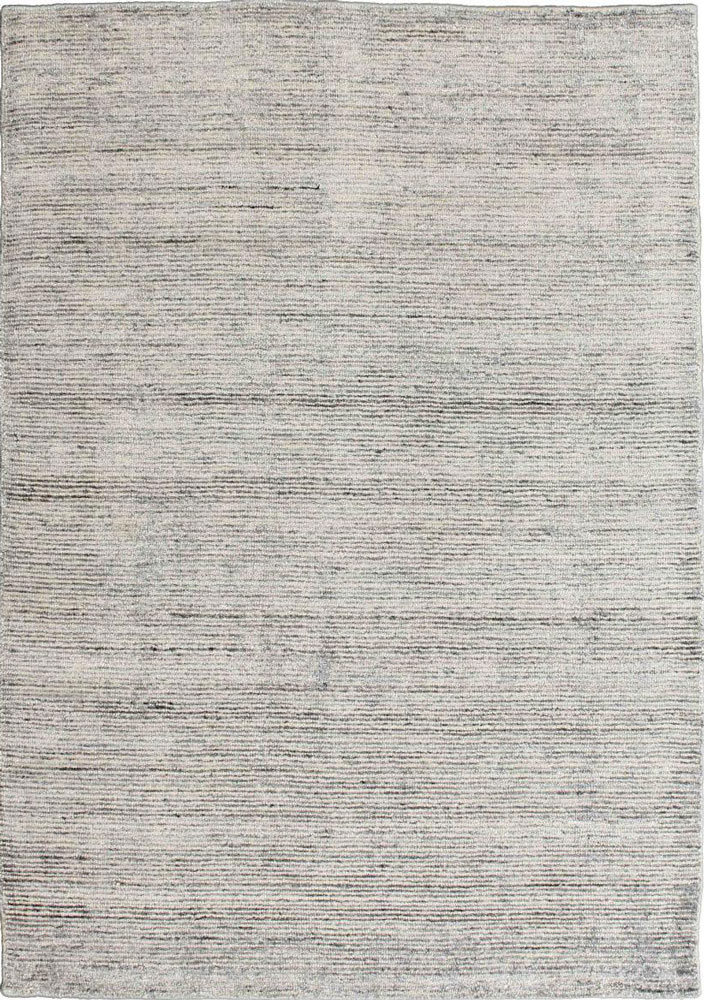
|
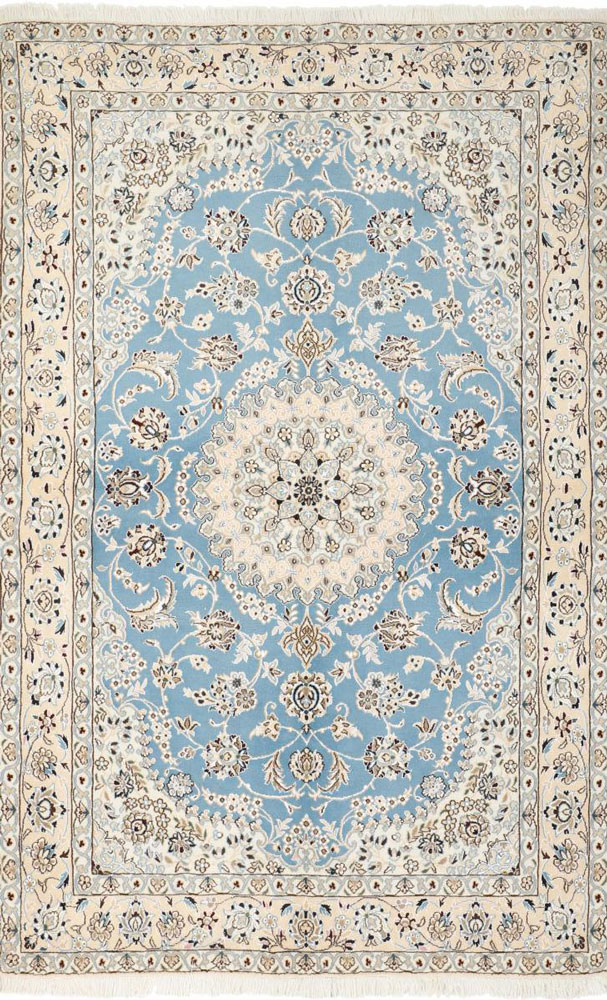
|
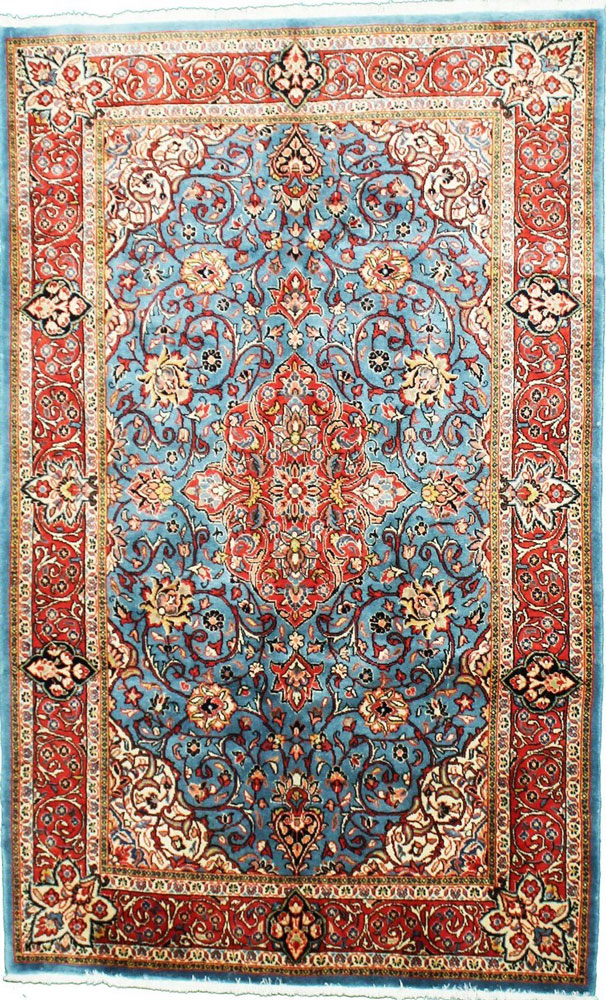
|
| Gabbeh rug | Nain 6La Rug | Sarouk rug |
| Rugs from natural silk | |
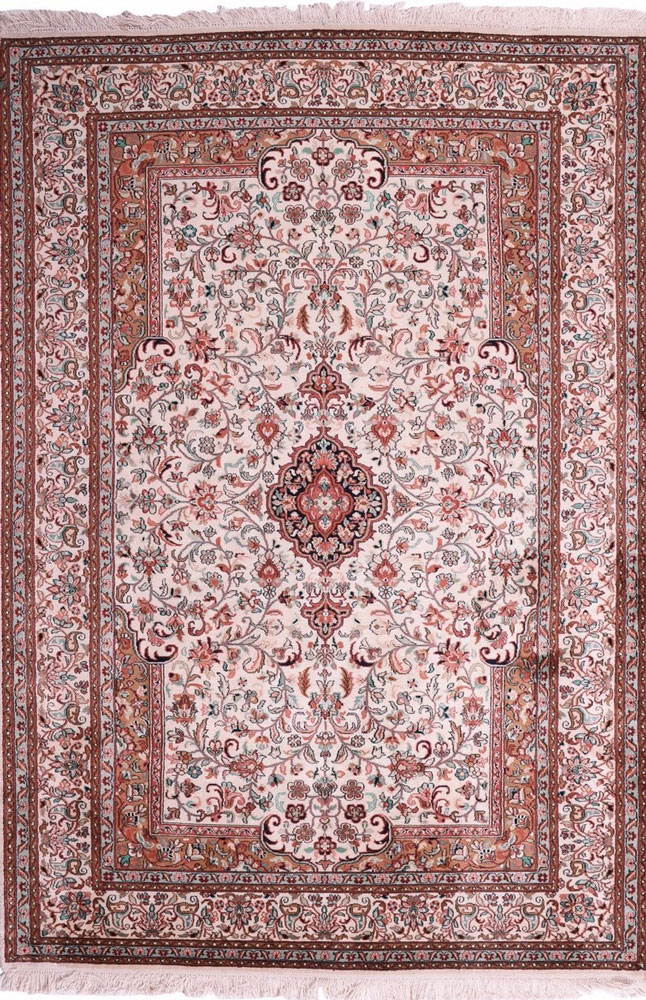
|
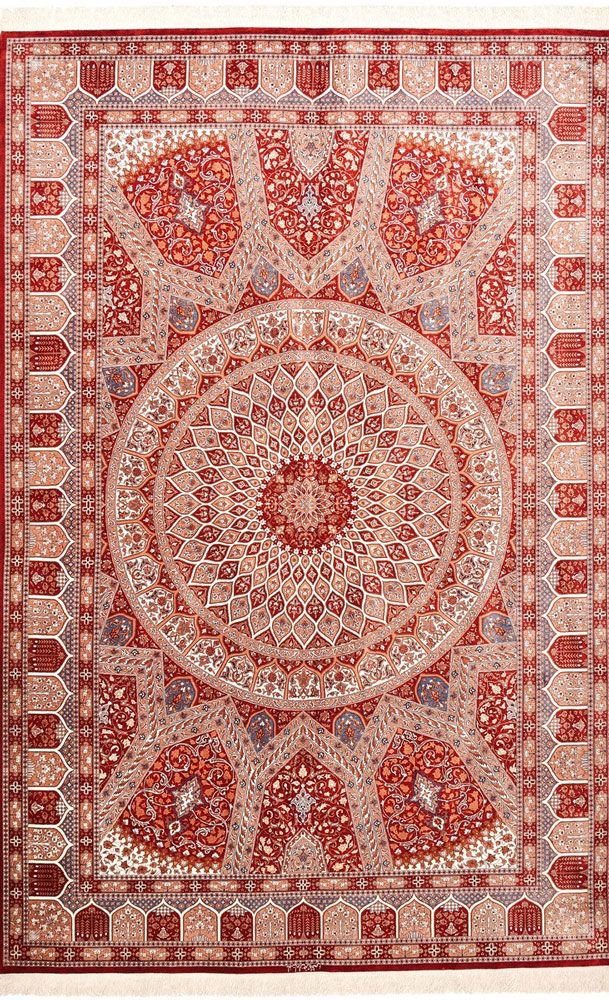
|
| Cashmere silk rug | Qum silk rug |
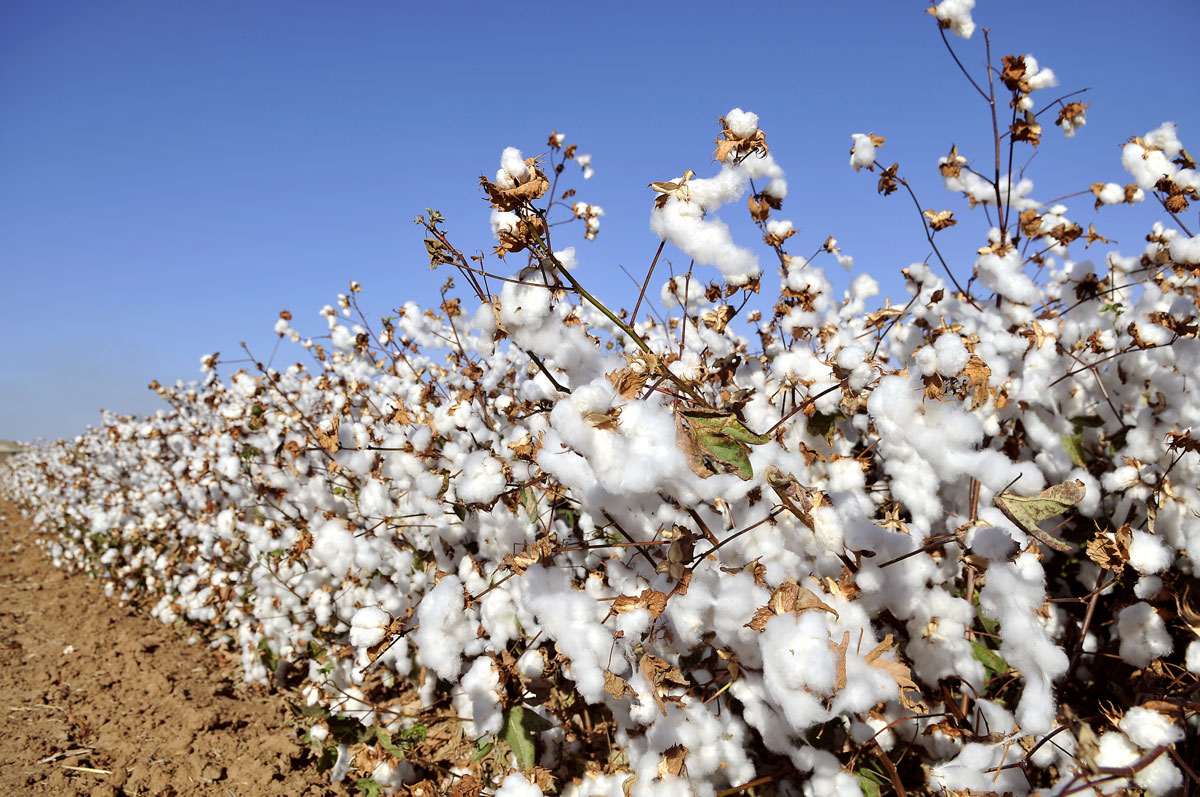
Production in Detail
Production of Oriental Rugs
Centuries-old tradition is the basis of almost every Oriental rug. Long ago Persian rugs were already considered the highest luxury...
Read more
Centuries-old tradition is the basis of almost every Oriental rug. Long ago Persian rugs were already considered the highest luxury...
Read more
Material
Whether sheep wool, silk or cotton, the material of a hand-knotted oriental rug usually comes from nature...
Read more
Whether sheep wool, silk or cotton, the material of a hand-knotted oriental rug usually comes from nature...
Read more
Colours and Dyeing
The colours of many high-quality oriental carpets still originate today from plants and minerals...
Read more
The colours of many high-quality oriental carpets still originate today from plants and minerals...
Read more
Design
No matter how detailed the pattern may be, some knotters still craft the rug from memory today...
Read more
No matter how detailed the pattern may be, some knotters still craft the rug from memory today...
Read more
Knotting
An art that has been perfected over many centuries and is still unrivalled today...
Read more
An art that has been perfected over many centuries and is still unrivalled today...
Read more
Comparison to machine-made Rugs
Colour facets, durability, level of detail are only a few of the differences to machine-made rugs...
Read more
Colour facets, durability, level of detail are only a few of the differences to machine-made rugs...
Read more